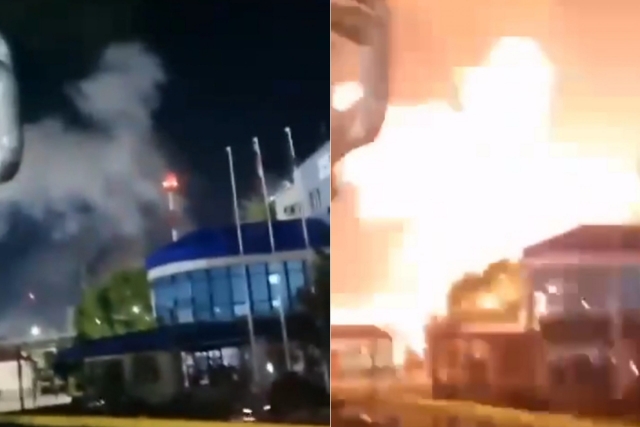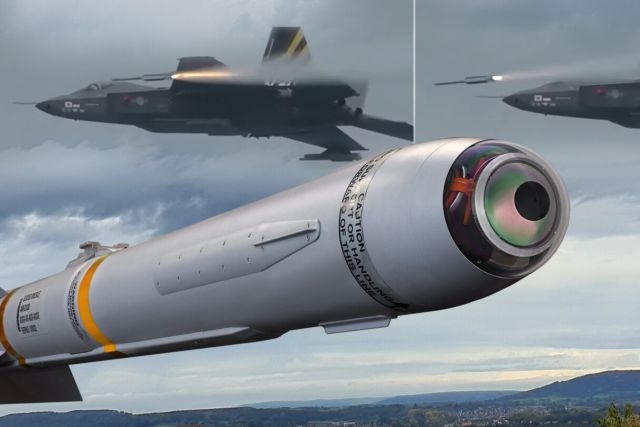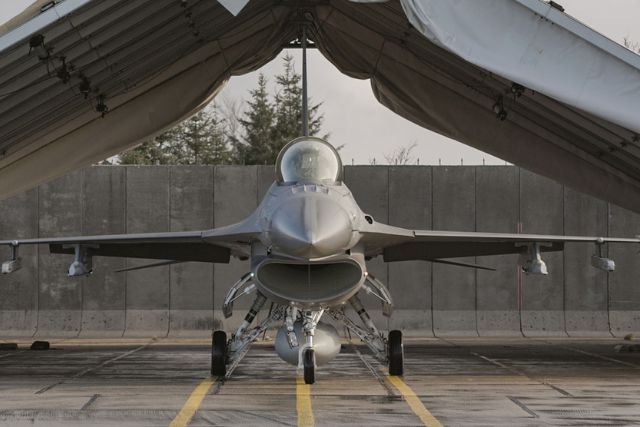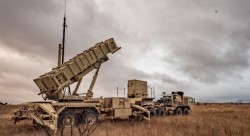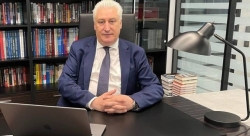South Korea's DAPA Plans Mass-production of Infrared Shield Smoke Canisters
South Korean canisters will compete with the U.S. military's Floating Smoke Pot in performance
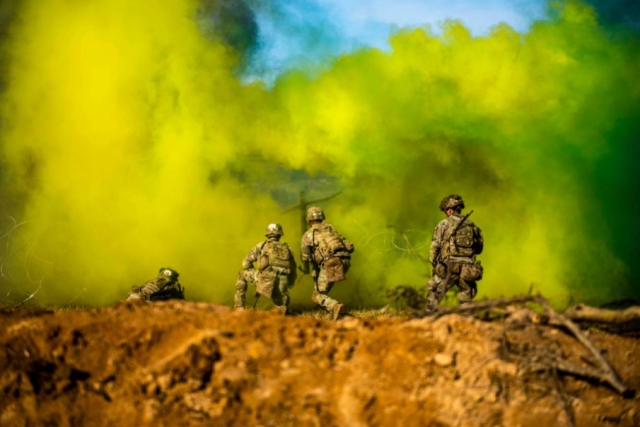
The Defense Acquisition Program Administration (DAPA) of South Korea has announced its first mass production plan for infrared shielding smoke canisters.
The decision was made during the 98th Defense Project Planning and Management Division on Tuesday, February 27, 2024.
Designed to protect the military from enemy infrared observation and weapon system threats, the canisters are set to enter production this year. Deliveries to the Korean military will begin in 2025 after passing inspections and field tests.
Infrared shielding smoke canisters, for ground and water use, create a smoke screen to hinder enemy visual and infrared detection, enhancing operational capabilities by disrupting sensors and preventing targeted attacks.
Key features include reduced weight for rapid maneuvering during combat and increased durability.
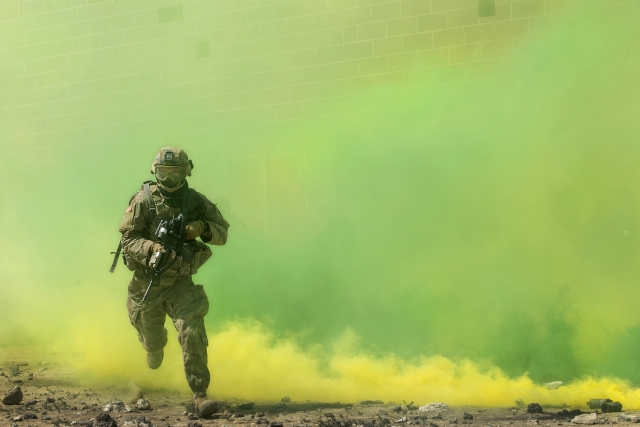
The canisters feature a smoke screen friendly to the human body and the environment. Rigorous testing confirmed non-carcinogenicity and low toxicity, ensuring safety for combatants and the environment.
The canisters are poised to compete with the U.S. military's Floating Smoke Pot in performance and cost-effectiveness, the DAPA said.
Senior Civil Servant Myung Lee, Defense Acquisition Program Administration Firepower Division Director, expressed optimism about the development, stating, “Through the resolution of the first mass production plan for infrared shielding smoke canisters, we expect to significantly increase the survivability of our military by securing a smoke canister with improved infrared shielding function and mitigating human and environmental hazards.”

